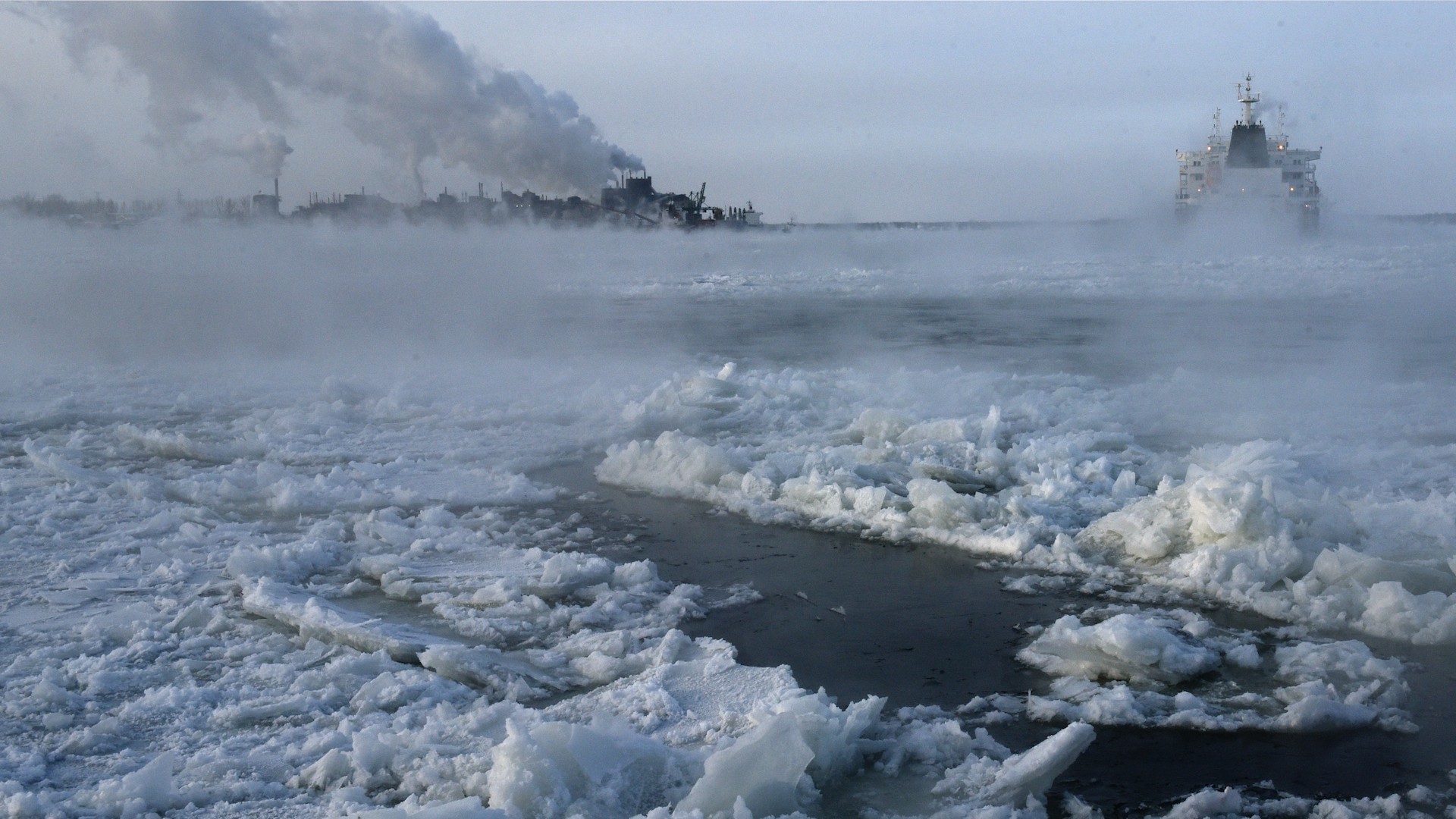The world’s getting hotter, leading scientists to cook up some crazy ideas about how to get it to stay cool enough to avoid a series of cataclysmically bad events from occurring.One of of the more radical ideas, called solar radiation management, involves spraying aerosol particles into the stratosphere to reflect light away from Earth. As it turns out, that happens naturally, to some extent, when enormous volcanoes erupt. And the next time one does, NASA plans to be there for it: the agency wants to send balloons up to measure the effects of volcanic eruptions on the Earth’s atmosphere to study the atmospheric effects of the eruption, the New York Times reports.NASA researchers stressed to the Times that the experiment would be more about studying the effects of volcanic eruptions than geoengineering, a blanket term for any last-ditch solution to climate change that involves altering the Earth’s atmosphere to avert catastrophic effects of climate change. Geoengineering is seen by some as a distraction from the real challenge of climate change in much of the scientific community — e.g. a solution to the problem that diverts attention away from the real challenge, to quickly and drastically reduce that about of man-made carbon that we’re pumping into the atmosphere. The United Nations has banned countries from engaging in large-scale techno-fixes for the environment, but experts at the UN’s climate change conference in Bonn, Germany last year suggested that the science should be explored.Some scientists see the studying of volcanic eruptions as an opportunity to figure out whether geoengineering could ever work. “This is important if we’re ever going to do geoengineering,” said Alan Robock, a climatologist at Rutgers University studies volcanic eruptions and has been involved in discussions about the rapid-response project, according to the Times. “But even if there were no such thing as geoengineering, it’s still important to understand how volcanoes affect climate.”Volcanic eruptions send a ton of sulfur dioxide into the atmosphere, which, when combined with water vapor, creates aerosols capable of reflecting light away from the Earth. Really big eruptions can even cause what’s referred to as a “volcanic winter.” The biggest volcanic eruption in recorded history — the 1815 blowup of Mount Tambora in Indonesia — caused “The Year Without a Summer,” leading to snow in Albany, New York in June of 1816. Crop yields were shot and people starved, and the shitty weather was thought to have inspired Mary Shelley to write Frankenstein.Smaller eruptions, like the one the took place in the Philippines in 1991, have had similar effects. Global temperatures dropped by about a degree Fahrenheit for a few years afterward, according to the New York Times.So the next time a volcano blows, scientists want to be ready to study its effects. And they may have a chance soon: Mount Agung in Bali began erupting back in November, and could cause a measurable cooling effect should it fully erupt.The eruption in Bali could be the opportunity that these researchers are hoping for. Their study would involve sending balloons rigged with instruments that measure the effects of the eruption into the upper atmosphere right after the volcano blows, and continuing to measure the atmospheric effects for years afterward.But even if Mount Agung does explode, there’s no way to be sure it’ll be a big enough eruption to have a measurable effect on the climate.And if we did learn anything from the eruption, using that knowledge to prepare for geoengineering is still incredibly risky. A study, published in January in the journal Nature, Ecology & Evolution, suggests that once we’ve pumped aerosols into the stratosphere to cool the planet, we might be stuck doing it for a long time. And if the practice were stopped suddenly, it could lead to a mass extinction at a scale far more severe than what we’re looking at on our current climate-warming trajectory.“If the solar radiation management is halted for any reason, then a rapid warming would result, with likely catastrophic consequences,” Dennis Hartmann, a professor of atmospheric sciences at the University of Washington told tech and science website Futurism.
Advertisement
Advertisement
